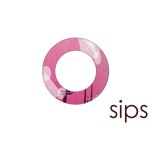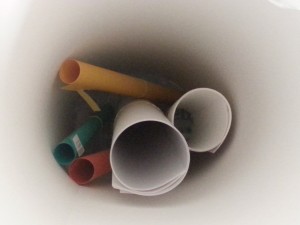This is how I wish the ACM had responded to the community about the open letter opposing zero embargoes on publicly funded US research.
(Note: This opinion is my own and in no way represents an official statement from ACM. I speak from my own experience as a volunteer in ACM SIGCHI, the ACM Publications Board, the ACM Future of Computing Academy, the ACM Europe Council.)
ACM leadership apologises to the community for signing the open letter to the Office of Science and Technology Policy (an office of the US Executive Branch headed by a political appointee) without wider consultation from the ACM community. In the future, ACM will avoid signing open letters without consultation with ACM Boards and Councils. This is especially true when signatures involve coalitions with for-profit publishers.
First and foremost, we would like to emphasise that ACM is very supportive of open access and open science initiatives. As a non-profit organisation and professional society, ACM supports a wide range of open access initiatives and is already preparing for a financially sustainable future where an increasing majority of the ACM Digital Library is available as gold open access. An especially exciting initiative currently being developed is ACM OPEN, which supports Gold Open access.
The key reason ACM signed this letter is to oppose an Executive Order in the United States which would enforce zero embargo periods for access to publicly funded American research. This is seriously concerning for two reasons. Firstly, a zero embargo period would interfere with or make impossible some of ACM’s ongoing open access initiatives and threaten the financial stability of ACM as a non-profit publisher. Secondly, enforcing such an initiative through an Executive Order does not require public discourse and, in this case, has not considered how such an order would affect non-profit publishers or consulted with these stakeholders.
For the ACM community, the scope of this letter is crucially important. This letter concerns specific implementation details of open access policy for publicly funded US research only. The content of this letter should be considered within this context only, and not interpreted to apply to other contexts or other regions. For example, ACM is working with policy-makers to develop a financially sustainable way to implement Plan S and open access research in Europe.
Considering the context of this letter, we accept that some aspects of this letter are deeply problematic. Based on feedback from the community, we recognise that many of the statements in this letter go well beyond our specific concern around enforcing zero embargo periods through an Executive Order. We hope that this statement makes clearer our original intentions when signing this letter, and hope that we can continue to work together with our author community towards a sustainable open access publishing model.
(Note: This opinion is my own and in no way represents an official statement from ACM. I speak from my own experience as a volunteer in ACM SIGCHI, the ACM Publications Board, the ACM Future of Computing Academy, the ACM Europe Council.)
If you are interested, here is some additional material about this issue.
The Open Letter
ACM’s Official Response
Commentary from Robert Harrington
Content Light Homepage of the OSTP



